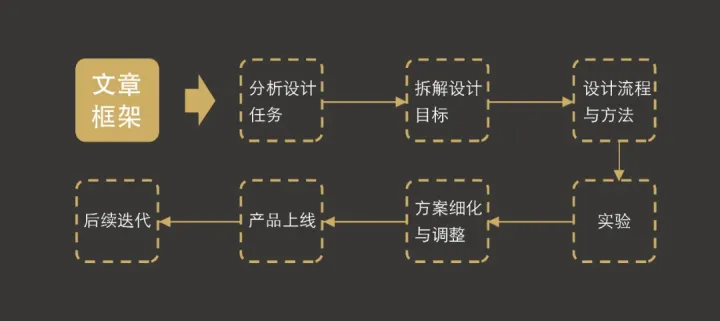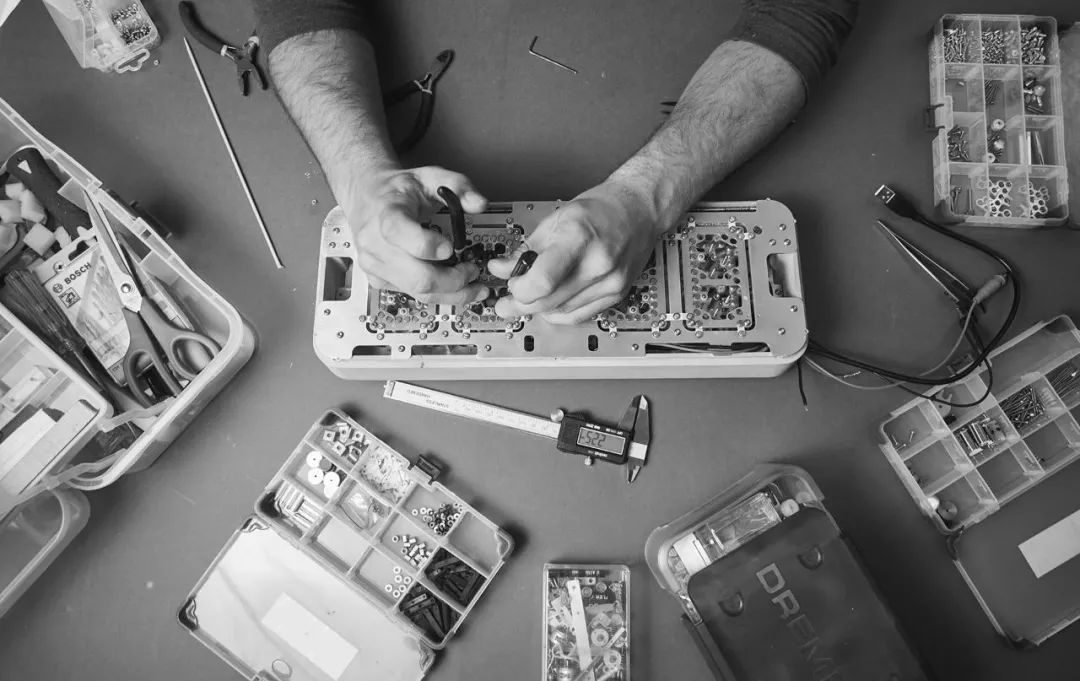Bao'an, Shenzhen, China +86 - 15092412608 Mon-Sat: 9am to 6pm
Design & Project Plan - grantvov.com

Service
- Project Name : Design & Project Plan
- Complete Date : 1 May, 2023
Design & Project Plan
A Complete Design Process for A Product

01┃Analysis of the design task

After receiving the task letter from the product manager, do not rush to perform the task mechanically. The first thing to do is to figure out the specific design requirements on the task book, such as what the real purpose behind the feature update and styling design is, whether it is a regular iteration of the product or a repositioning of the company’s brand. According to different needs, you can understand what kind of resources, time and patience the project company will give to this project, determine these big factors and then move on to the next step.
Because the product is to serve the brand and the company, the direction of a product design must be in line with the company’s general planning direction. Rational analysis of design tasks helps designers better understand the project itself.
02┃Disassembly design objective
Once you understand the relationship between the company’s general direction and the design task, the next step is to disassemble the design goals. The disassembly design goal can be divided into several parts, such as business background, user population, and product goal.
Take making a hair dryer for example. The business background is that the current company’s products are inseparable from the market, and the sales are not ideal. The user group is the young consumer group of the post-90s. The goal of the product is to increase product sales and open up the Red Sea market.
Then, according to the above disassembled design goals, designers can focus on the proposal of new concepts, such as the use of brushless motors and other new technologies as the drive, but also can redefine the new use scenarios of hair dryers. Strive to make the new solution more impress consumers, promote sales, and achieve design goals.
After disassembling the design objectives in the initial stage of design, a concept is set for the design project, which is the core concept of the product. All the design work in the later stage is centered on this concept, so that in the design process, it is not easy for the leader to suddenly change his mind and the designer has no clue.
03┃Design process and method

There are many ways to design. For example, common ones are: competitive analysis, scenario-based design, user research, user mental model diagram, mind map, data analysis, goal orientation, etc.
In the actual scheme design, the above methods are generally not used. It is more about choosing a mix of several of them according to the specific situation.
For example, when designing an ordinary iterative product to maintain brand vitality, you can use data analysis to find out which style or which color material is more popular among the several products that have been launched. In the design, you can have more direction to meet the needs of consumers and complete the design goals.
04┃Test

The experimental phase is carried out immediately next to or even at the same time. After dismantling the objectives and determining the project design concept, a relatively vague design concept will be obtained after a series of design processes. According to this design concept, the laboratory will start working on the principle model, and the designer will also work on the concept in parallel.
Principle model testing in the laboratory is an indispensable part of product development, especially in the stage of new product development. After the principle model has been tried again and again to meet the conceptual requirements, the designer’s ideas will slowly become more practical and practical.
For example, after the trial of the principle model, the approximate size of the model and the position of each functional part are basically determined. This requires designers to adjust their designs according to the size and structure of the principle model as much as possible.
05┃Scheme adjustment

After the successful basic principle model test, the large framework of the product is basically established, and then it can enter the stage of program refinement. After continuous design and discussion, we also carry out staged product sketching to feel the actual product. Every detail and function of the product needs to be repeatedly scrutinized and tempered.
In the stage of product refinement, it is often a stage that many designers tend to despise or even ignore, but this stage is precisely the key to determining whether a product is humanized and has details. Details determine success or failure, and a design that makes people feel the design is a good design.
06┃Product launch
In the stage of product refinement, it is often a stage that many designers tend to despise or even ignore, but this stage is precisely the key to determining whether a product is humanized and has details. Details determine success or failure, and a design that makes people feel the design is a good design.
After delivering a design proposal, many designers tend to slack off and think that the work is over. In fact, follow-up is also very important, product designers should follow up follow-up walk-through and feedback on design issues.
07┃Product iteration
After the product is launched, it is summarized and analyzed through online and offline data feedback to determine what problems the product has been launched and which aspects of the product have been praised. Facilitate the iteration and optimization of next-generation products.

